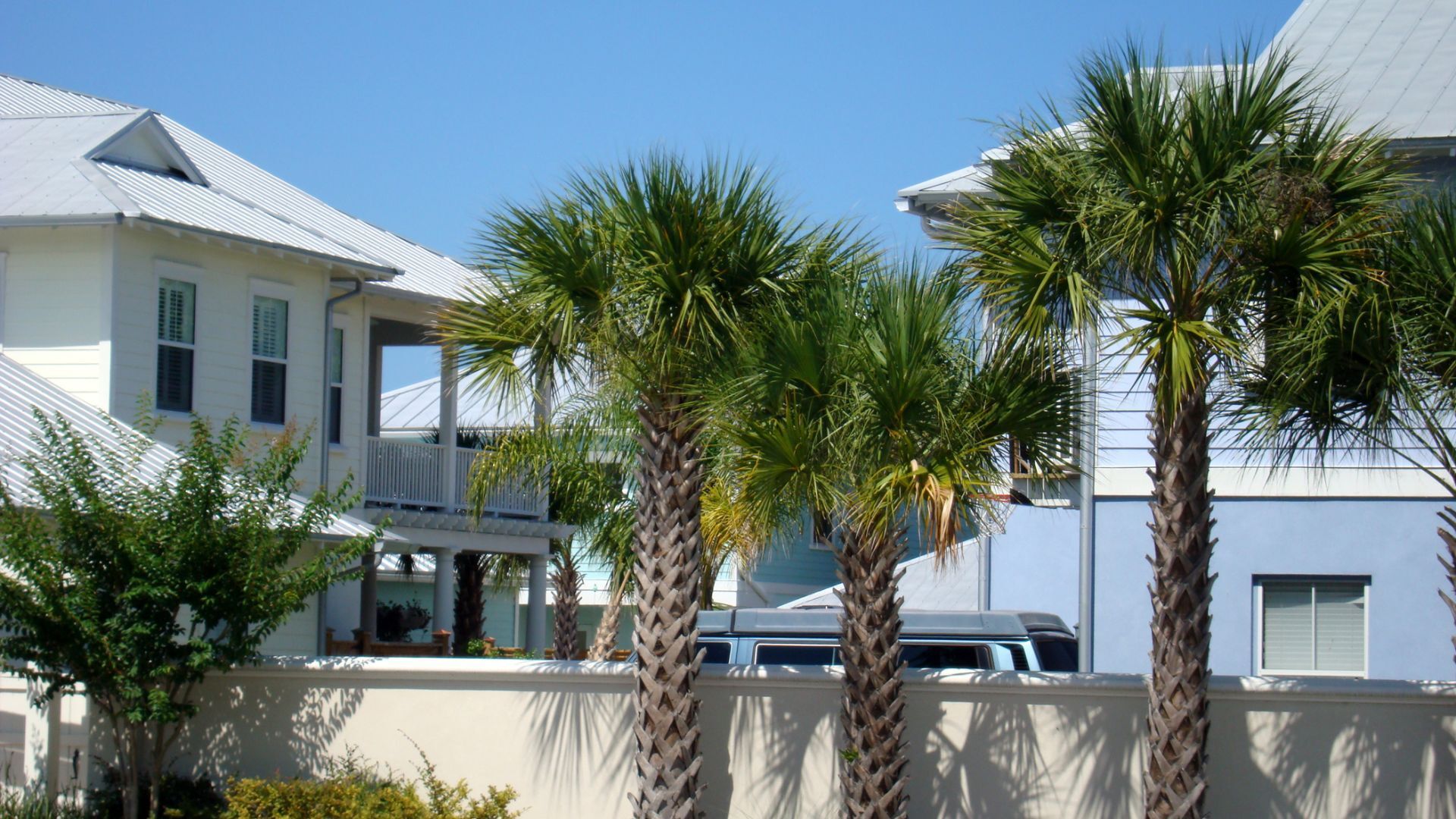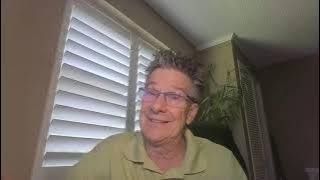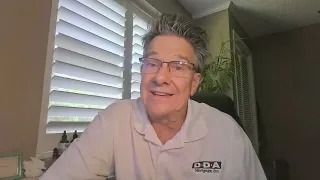Call (727) 784-5555
Among homeowners who have a mortgage escrow account, only 52% fully understand how the account works, according to survey results released Thursday by property tax services provider LERETA.
More than 80% of survey respondents said they know what an escrow account is and its primary purpose — to pay property taxes and other expenses, such as homeowners insurance, flood insurance and mortgage insurance premiums.
But at a time when mortgage escrow expenses across the nation are likely to experience substantial increases due to higher home prices, as well as higher property tax and insurance rates, only half of respondents indicated they “completely understand how their escrow account works.”
The survey, conducted in February, included the responses of more than 1,000 people who have purchased or refinanced a home in the past four years and have an escrow account.
“The findings reinforce what our associates are hearing every day at our tax service call centers,” John Walsh, CEO of LERETA, said in a statement. “In 2023, 60% of the calls were related to escrow accounts, specifically shortages due to rising property taxes or insurance costs.”
Property taxes across the country are expected to rise due to surging home-price appreciation over the past few years. The average U.S. home price has jumped 29% since the start of the COVID-19 pandemic in 2020, according to Zillow data, which suggests the likelihood of double-digit tax increases for many homeowners.
In addition, homeowners insurance premiums at the national level jumped 21% during the year ending in May 2023, according to insurance marketplace Policygenius.
These findings are supported by the LERETA survey, which found that 57% of respondents have experienced an increase in property taxes, while 38% have seen costs for homeowners insurance rise.
Escrow accounts also frequently handle mortgage insurance payments as conventional loan borrowers with less than 20% equity in their homes are required to have mortgage insurance.
Federal Housing Administration (FHA) borrowers must pay mortgage insurance for the life of their loan regardless of equity levels. About 80% of all U.S. mortgage holders have an escrow account, LERETA reported.
The LERETA survey also found 36% of respondents with a fixed-rate mortgage believe their monthly payment cannot change, even though it can. And 28% are either “somewhat aware” or “not aware” that changes in escrow accounts can affect monthly payments.
At the national level, homeowners insurance costs jumped by 35% in the two years ending in May 2023, according to Policygenius, led by Florida with a hike of 68%. Large insurance carriers are pulling out of some states entirely and the growing lack of competition is expected to increase the cost of coverage.
“Many will be financially challenged, and some homeowners will need help to make these payments and keep their homes,” Walsh said. “Our goal is to help mortgage companies increase communications and educational outreach to customers about escrow accounts to help address this looming problem.”
Have A Question?
Use the form below and we will give your our expert answers!
Reverse Mortgage Ask A Question
We will get back to you as soon as possible.
Please try again later.
Start Your Loan
with DDA todayYour local Mortgage Broker
Mortgage Broker Largo See our Reviews
Looking for more details? Listen to our extended podcast!
Check out our other helpful videos to learn more about credit and residential mortgages.





